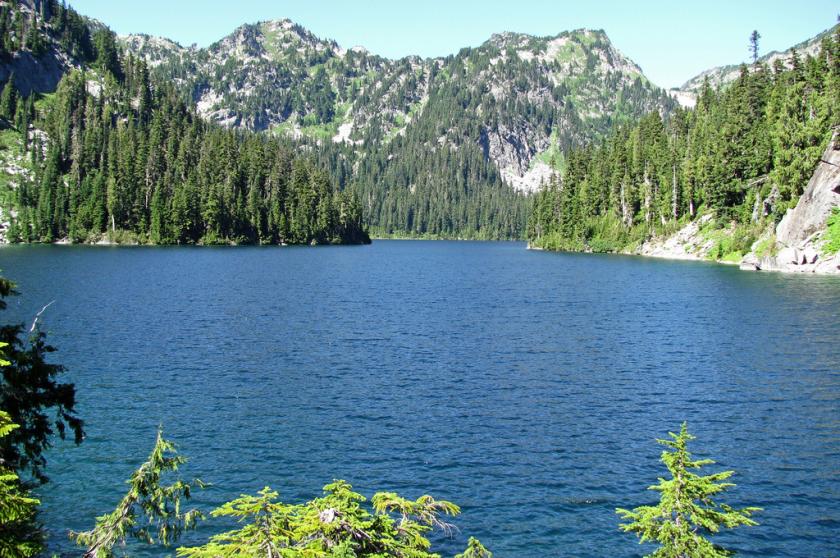SPOKANE — A small earthen dam in Stevens County that was rated the worst in the state in 2016 had a slightly improved condition when it was re-inspected in 2021, according to an analysis released this week by The Associated Press.
The Van Stone Pit Lake Dam was the only high-hazard dam in the state listed in unsatisfactory condition and in need of immediate repairs, the worst category, when it was inspected in 2016, the analysis found. But it is now one of 50 high-hazard dams in the state listed in poor condition, the analysis found.
The state regulates about 1,100 dams, most privately owned.
The Van Stone Pit Lake Dam is on land that used to belong to a timber company. The land was foreclosed on sometime after 2016 by Stevens County officials for failure to pay taxes.
That 2016 inspection found overgrown vegetation on the earthen dam, holes in the downstream face; seepage on an embankment slope; inadequate spillway to handle heavy rains; and three homes in the probable flood inundation area. Not much has changed, except the dam’s rating was raised one notch after the 2021 inspection.




